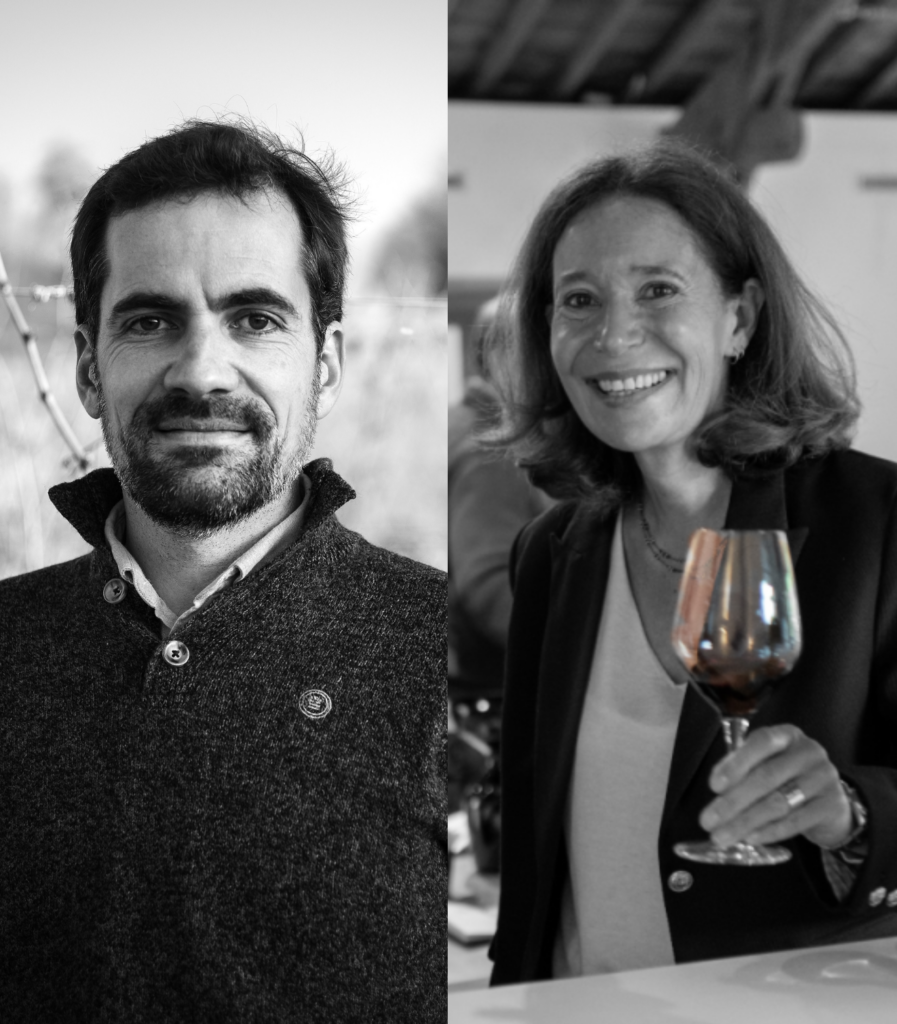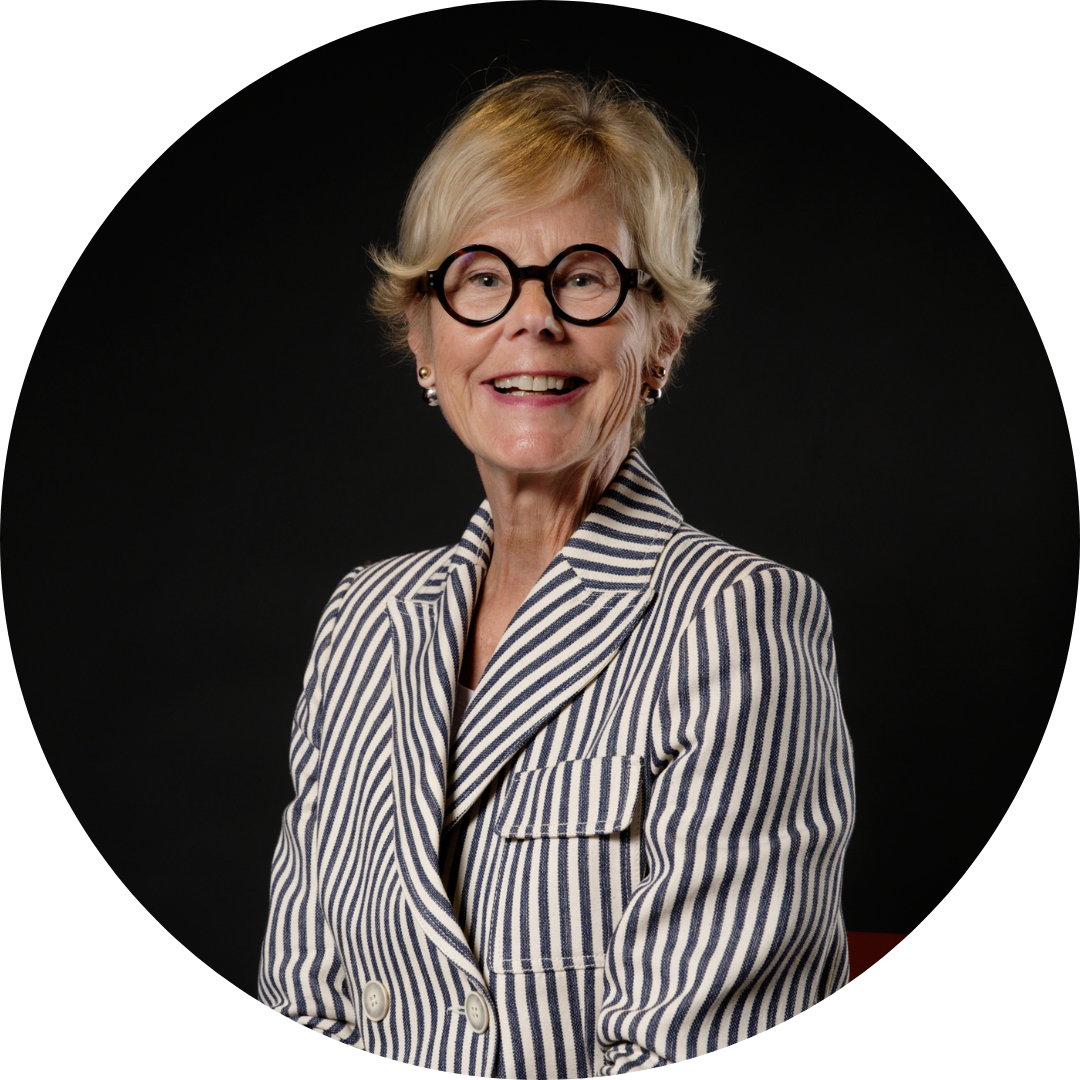Ariane Gratiot
Co-Managing Director
David Suire
Technical Director
Château Larcis Ducasse
Premier Grand Cru Classé Saint Emilion
Gerda: Ariane, you’re the 4th generation to own a business. What are the main challenges you face personally in your job?
Ariane Gratiot: The main challenge is to convey the image of Larcis Ducasse to professionals and private individuals. That’s why we’ve been a member of the Union des Grands Crus de Bordeaux (UGC) since its creation. I made my first trips with my grandmother in 1980, who was a forerunner in immediately joining this institution. In addition to maintaining and promoting our brand image, another major challenge is to adapt to changes in the market and consumer expectations. The world of wine is constantly evolving, and it’s crucial to stay at the forefront of trends while preserving the authenticity and quality of our products. This means keeping a constant eye on the latest trends, and taking an active part in trade fairs and tastings.
We need to interact with Larcis Ducasse amateurs and produce effective communication, particularly through social networks and specialist media. Managing relationships with distributors and customers is crucial. It’s important to build strong partnerships and retain our customers by offering them a unique and personalised experience. All this takes a lot of time, passion and commitment, but that’s what makes this job so exciting and rewarding.
G: What does UGC offer you?
AG: The UGC gives us the opportunity to meet professionals as well as many private individuals. It enables us to raise our profile. Our strength within this union lies in the fact that Larcis Ducasse has retained its family identity. People are very touched during tastings when we explain to them that it’s a family estate. The UGC gives us the opportunity to take part in prestigious events and expand our network. It also helps us to keep up with trends and consumers expectations.
Harvest 2023
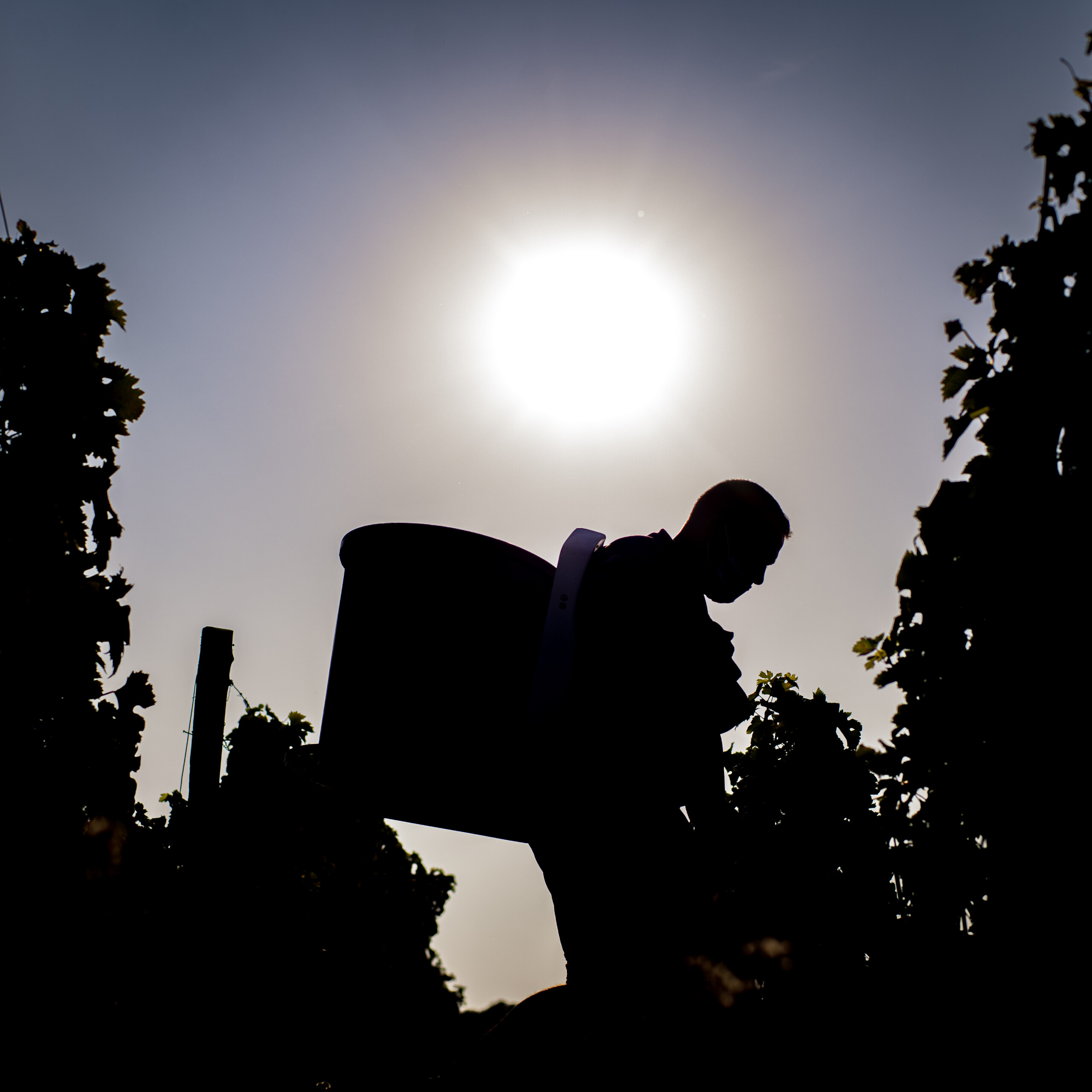
G: What do you remember about the 2023 harvest?
Ariane Gratiot: This year, the combination of quality and quantity was remarkable. We managed to obtain both exceptional quality and a significant quantity.
David Suire: It’s worth noting that this good quantity is quite rare here, as the Larcis hillsides are rather thin terroirs, usually producing limited volumes. In general, the vines here produce between 30 and 40 hl/ha. This year, we broke the 40 hl/ha barrier! And the quality is superb. 2023 is a model of balance. We have full, fresh aromatic ripeness, with lower alcohol levels. All this gives a magnificent brightness to the wine.
Larcis Ducasse brand today and tomorrow
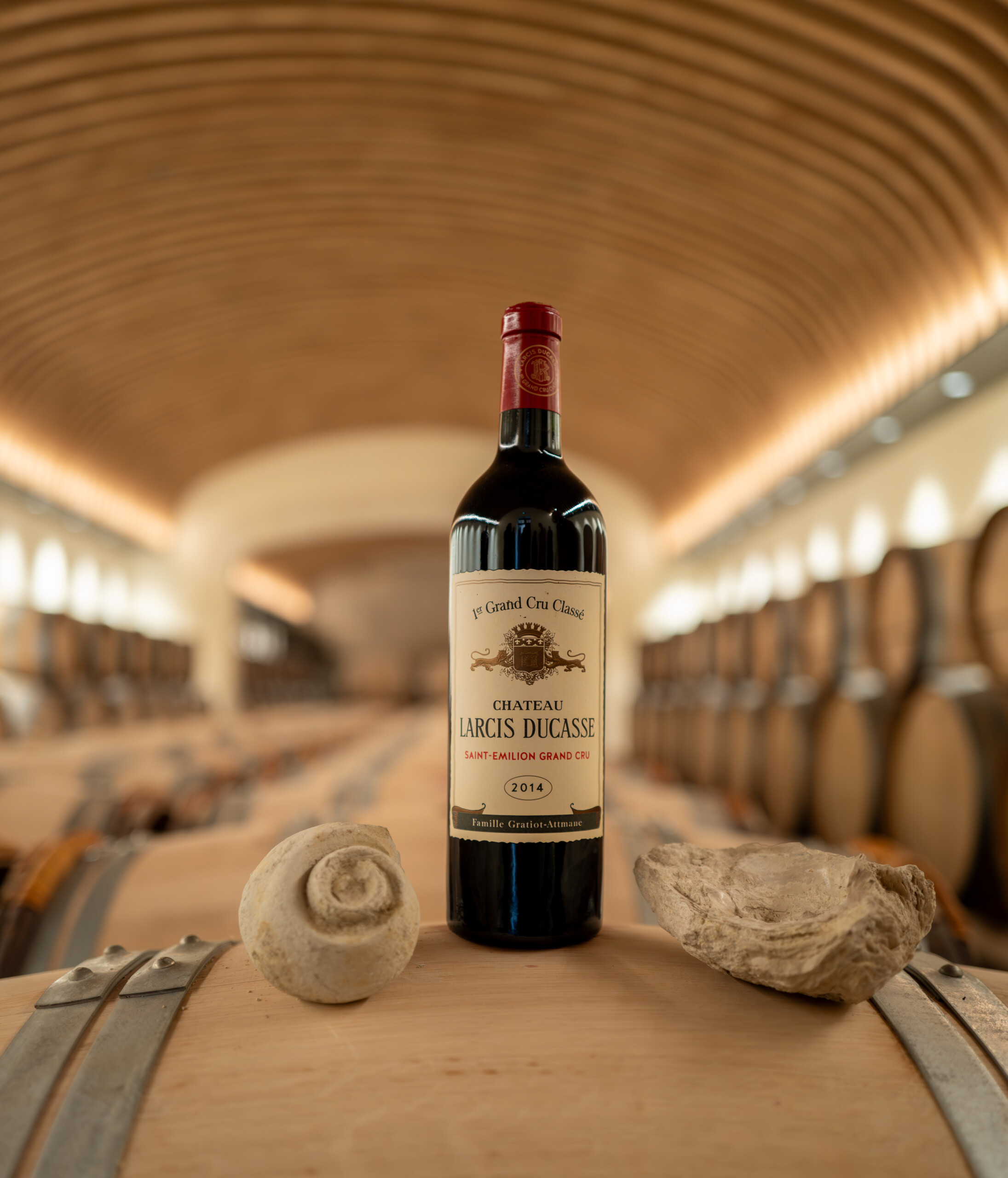
G: What positioning(s) would you like to see for your brand(s)?
AG: Larcis Ducasse brand is well established among professionals, but it still needs to gain recognition among consumers. Although we produce a wine of exceptional quality, we haven’t yet achieved sufficient recognition among Bordeaux connoisseurs, which is a gap that needs to be filled. We are aiming for a top-of-the-range positioning and want to be recognised as one of the best Premiers Grands Crus Classés in Saint-Émilion. Larcis Ducasse is also a collector’s wine, as it ages remarkably well over the years, retaining its freshness and beautiful maturity.
DS: I’ve just come back from a 15 days trip to the United States, where I met professionals and consumers. I’d say that Larcis Ducasse’s reputation is divided into two circles:
- the first circle is made up of connoisseurs and professionals who know Larcis and follow it every year
- the second circle is made up of consumers who are less well known and who are mainly familiar with the great names of Bordeaux.
However, I don’t think this target group is our hobbyhorse. In any case, with a production of 30-35,000 bottles, we can’t serve everyone. Our priority is to be unbeatable and beyond reproach. We’re lucky to have customers who buy Larcis almost by subscription, and we must never let them down. For me, this is a very important job: we have to be present and live up to what we represent.
It’s also important to target the right markets with our partners, the merchants, importers and distributors. With our volume, Larcis cannot be distributed everywhere, but it must be intelligently proposed to the markets. As far as positioning is concerned, if we want to live up to the expectations of this strong and unique terroir, we are in the business of great craftsmanship. In terms of the quest for quality, we have no limits. The family is wonderful and always behind us, saying: “Let’s make the best Larcis we can, let’s pay tribute to this great quality of the terroir”. Larcis won’t make its mark through its volume.
G: There are 3 oenologists working on the wine: Nicolas Thienpont, Julien Lavenu (Derenoncourt Consulants), and you: How do you share the roles?
DS: It’s quite simple. We’ve known each other for 20 years and our work is collegial. We all get together to define the direction of the vineyard and the wine. Things happen naturally, simply and intimately between us.
AG: It’s really wonderful to see how teamwork can enrich a business. The sharing of experience between team members is invaluable. The crossed views goes a long way towards nurturing minds and fostering an environment where everyone can learn and develop.
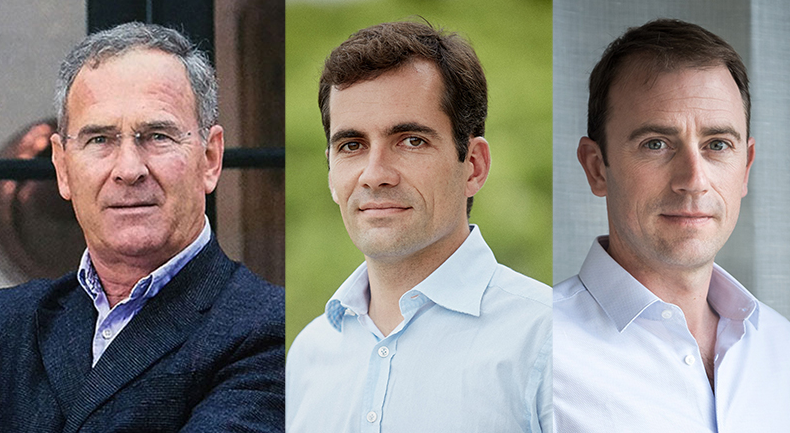
G: What makes Larcis Ducasse unique? And how does it stand out?
AG: The authenticity of Larcis Ducasse is mainly its terroir. Nestling on the prestigious south side of Saint-Émilion, the vineyard benefits from the rich molasse soils of the Fronsadais (85% of the blend) and the clay-limestone of the plateau (15% of the blend). This terroir gives it exceptional finesse, reflected in its delicately floral aromas and persistent freshness. This unique freshness gives it a very special energy and a fine maturity, enhanced by natural springs which provide gentle irrigation thanks to the sloping topography of the estate.
DS: Larcis Ducasse has a seductive fragrance, influenced by the limestone that dominates its south-facing terroir, and by the springs that keep the soil cool. This vineyard is characterised by a marked contrast between the intense sunshine of its exposure and the coolness of its soils, which are among the coolest in the appellation.
These soils are the coolest for a variety of reasons: they are chalky, clayey and irrigated all year round. Even in summer, the spring is never short of water. These soils warm up very slowly. The latest climate studies for the appellation confirm this. Here, budburst comes very early. The Cheval Blanc, Figeac and southern slopes of Saint-Emilion all bud at the same time.
The date of bud burst is independent of the soil and is only affected by the outside temperature. However, over the course of the season, the gap between cooler and warmer soils widens. The vine is a perennial plant that regulates its temperature through the soil. On hillsides, the cycle slows down and is much longer. Although budburst is very early, flowering occurs 5 to 6 days later than at Cheval Blanc, veraison takes place 10 days later and the harvest even takes place 15 days later.
So it’s a slower cycle. The idea that we have very early harvests here and that we would be more affected by global warming is not true. We’re not at all pessimistic about the future. But like everyone else, we need to adapt our practices to cope with these changes.
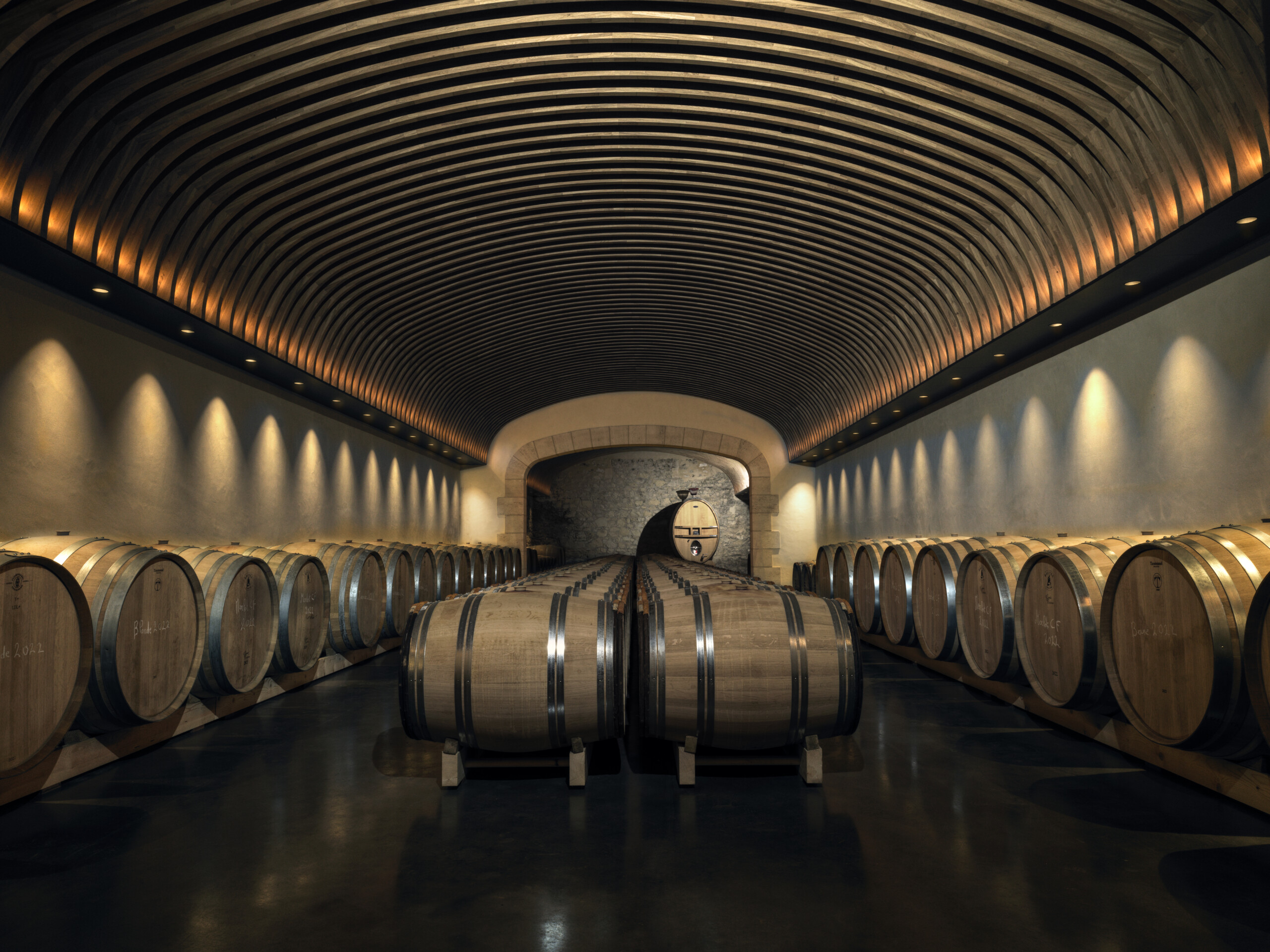
G: Which of your recent achievements would you like to share with customers?
AG: Two years ago, we inaugurated a new barrel cellar that reflects our family roots. In fact, the Raba family were shipowners in Bordeaux, and to honour this history, we had the hull of a boat built, upside down, which now forms part of our winery. We attach great importance to welcoming our customers to the estate, because we firmly believe in the importance of the bonds we create with them. It’s in this warm, family atmosphere that we like to share our passion, our history and our wines, offering our visitors a unique and memorable experience.
G: Where does your estate stand in terms of its ‘ecological transition ?
DS: Our approach is not strictly limited to organic, because that might be too restrictive. However, we are working very closely with the standards of the organic specification. Our aim is to strike a balance, and our work in the vineyard is strongly geared towards promoting biodiversity. Take a walk through our vineyards and you’ll see an abundance of life, enhanced by hedges and woodland.
The Business
G: What do you do specifically to develop sales?
AG: We regularly organise master classes to promote our wines. At the moment, we have a real desire to understand where Larcis Ducasse stands in the market, where our wines are distributed and to whom they are sold. Controlling the image of Larcis Ducasse is very important to us, which is why we travel frequently to meet our partners and customers. In-depth knowledge of our market is essential if we are to devise appropriate development strategies.
G: Do you still sell mainly Primeurs?
AG:Yes, 88% of the harvest is sold during the primeur season. We always keep a small amount of stock to supply the market for specific requests.
G: Which vintages should the market be interested in? And why?
AG:Unsurprisingly, I’d mention the 2021 vintage. Although it’s not considered exceptional and therefore less expected by the market, I find it remarkable and distinctive in its beauty. More difficult years often reveal the great terroirs, and this one stands out for its particular elegance. Unfortunately, it didn’t achieve the success it deserved.
DS: I completely agree with Ariane on this point. The 2021 vintage has given us a great deal of satisfaction despite the challenges encountered during the year. It’s in circumstances like these that the greatness of the terroir and the quality of our team shine through. In a difficult vintage, it’s essential to be present and to understand each other. As far as the blends were concerned, the choices were clear, making it possible to clearly distinguish the first wine from the second. We can’t wait to see it on the tables. It’s true that the market is saturated by the image of the 2021 vintage in Bordeaux, which is renowned for its great heterogeneity.
Ariane and David’s bottle of hearts
G: If you had just one favourite bottle?AG: I’d choose a magnum of 2009. In magnum, the wine is always more explosive in terms of flavours. 2009 vintage has great density, oriental notes and magnificent maturity. I’m also partial to the 2005 vintage, which was awarded 100 points by Robert Parker. It’s a vintage that will retain its seriousness throughout its life, unlike the 2009, which is more relaxed. The 2005 is a great vintage thanks to the richness of its soil, its density and its balance, but it is more difficult to appreciate immediately. These wines need careful preparation and the right accompaniment. The 2009 has that quality of offering immediate pleasure thanks to its sunnier nature.
G: Which of the trilogy of 2018, 2019 and 2020 vintages do you prefer, David?
DS: The 2018 vintage is the sunniest of the three, generally speaking in Bordeaux. It has that oriental, exuberant side and it’s very generous. The 2019 is more discreet, more delicate, fresh and racy. It has the same depth as the great vintages, but is less demonstrative. It is floral and spicy. Everything is measured in the 2019. The 2020 is still very different. It’s a vintage that combines density and dark fruit with great freshness, which is quite unusual.
G: I saw in the beautiful ageing cellar that you’re now working with 500-litre barrels, casks and wine globes. What is new about these containers?
DS: We’ve been using casks for three years now. We’ve slightly increased the proportion of Cabernet Franc here at the estate. Our aim is to reach between 15 and 20%, whereas we were between 8 and 10%. We have a batch of Cabernet Franc in the Fronsadais molasses which we believe should be matured in tuns because of their delicate structure and in order to preserve their aromatic brilliance.
Six years ago, we started working with wine globes. As one of the pilot estates, they were hidden in the cellar. For us, the ‘wine globes’ are not an obvious means of ageing, but rather a witness to the ageing process. They allow us to follow the evolution of the wine on its own, in comparison with wine matured in wood and exposed to oxygen. This helps us to better manage ageing in wood, with the ‘wine globes’ serving as a dashboard.
Then, in 2012, we started working with 500-litre barrels. We have terroirs that require 225-litre barrels to refine the tannins, but on very chalky terroirs, 225-litre barrels slightly alter the structure. Today, almost half our volume is matured in 500-litre barrels, which is unique in Bordeaux. At present, 45% of our volume is matured in Bordeaux barrels, 45% in 500-litre barrels and 10% in foudres. This is the result of our increasingly detailed understanding of the Larcis Ducasse terroir.
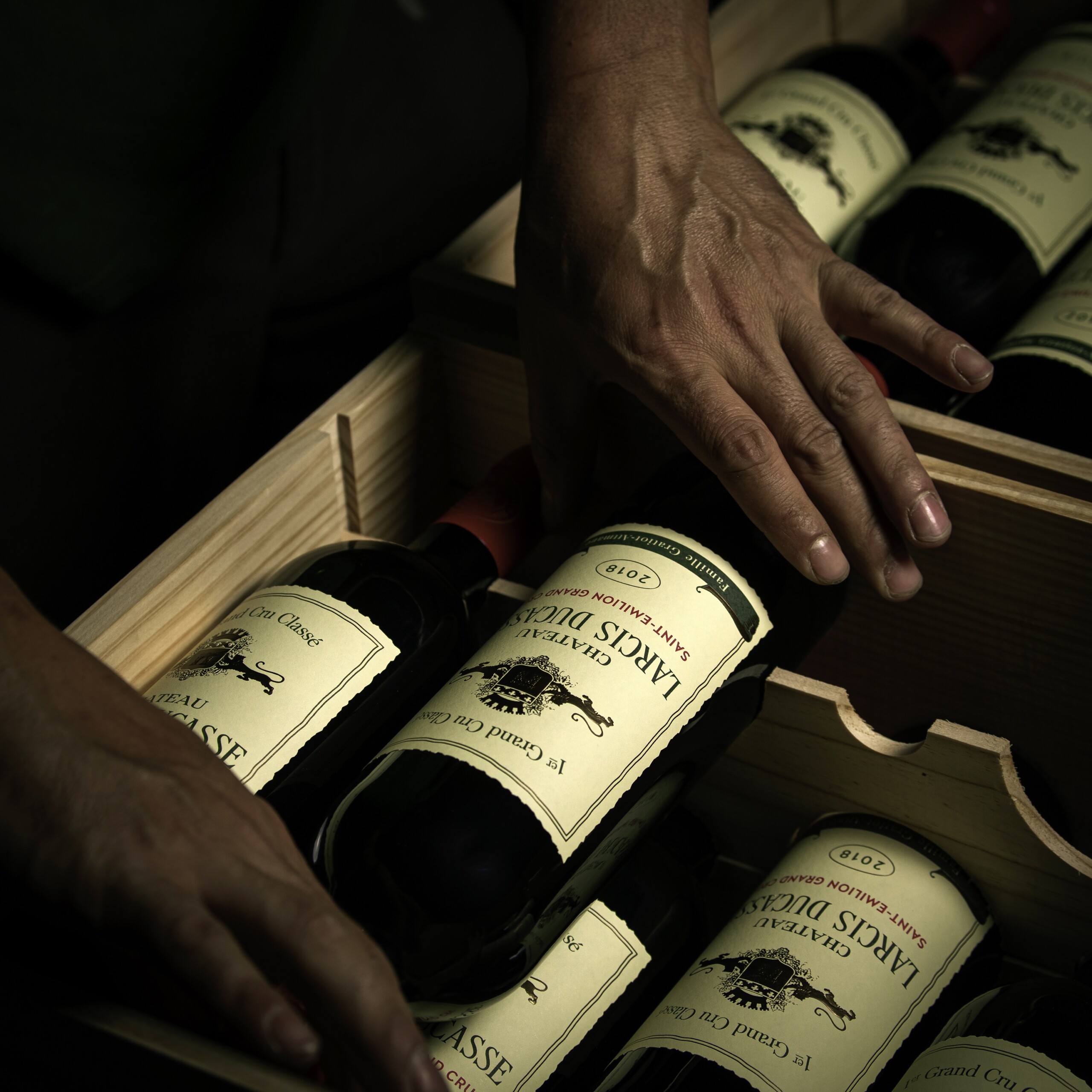
G: Do you think this change in ageing is also linked to a change in consumer tastes, with consumers appreciating more freshness in wine? Or perhaps just a fashion trend?
DS: I hope so, and I don’t think we’re trying to adapt to consumer tastes. If we did, we’d risk losing our identity. Of course, it’s necessary to keep abreast of what’s going on in the market, to listen to and understand changing tastes, but I’ve never had the feeling that we’ve changed anything to satisfy the consumer.
On the other hand, it’s clear that our evolution will never stop. It’s interesting to note, when we taste again the 2005 and 2009 vintages we’ve been talking about, that with the increased understanding of the terroir and the current level of knowledge, we would vinify these wines differently today. We’re learning a lot as we spend more and more time on the estate. Each vintage is a new experience that enriches us, especially when we rediscover the wines 10, 15 or 20 years later.
We’re always looking for ways to improve. That’s what drives us to constantly evolve and experiment with winemaking and ageing, far more than just consumer taste. For an estate like Larcis Ducasse, our main objective is to follow in the footsteps of previous vintages, because the richness of Larcis Ducasse lies in its history and in the continuity of great vintages. We are fortunate that the terroir and identity of Larcis Ducasse are strong and we must preserve them. This is our main guide. What also drives us forward is the search for purity in the expression of the wine.
If we manage to bottle a wine that fully expresses the terroir, with its fragrance and balance, without our intervention being too pronounced, then we will have accomplished our mission. At every stage, it is essential to accompany the wine, but the greatest compliment we can receive is when people recognise the unique style of Larcis Ducasse.
Gerda’s favourite: Larcis Ducasse 2021

I’ve always really liked Château Larcis Ducasse, whose discretion is hidden behind its imposing neighbour, a Premier Cru Classé A from Saint Emilion.
The 2021 has a very floral nose. On the palate, the vertical tension is very fresh. The Larcis team has worked with this delicate vintage, the fruit of a great terroir, to make a pleasant, soothing wine. It should develop favourably over the years, gaining in complexity.
Gerda BEZIADE has an incredible passion for wine, and possesses a perfect knowledge of Bordeaux acquired within prestigious wine merchants for 25 years. Gerda joins Roland Coiffe & Associés in order to bring you, through “Inside La PLACE” more information about the estate we sell.

